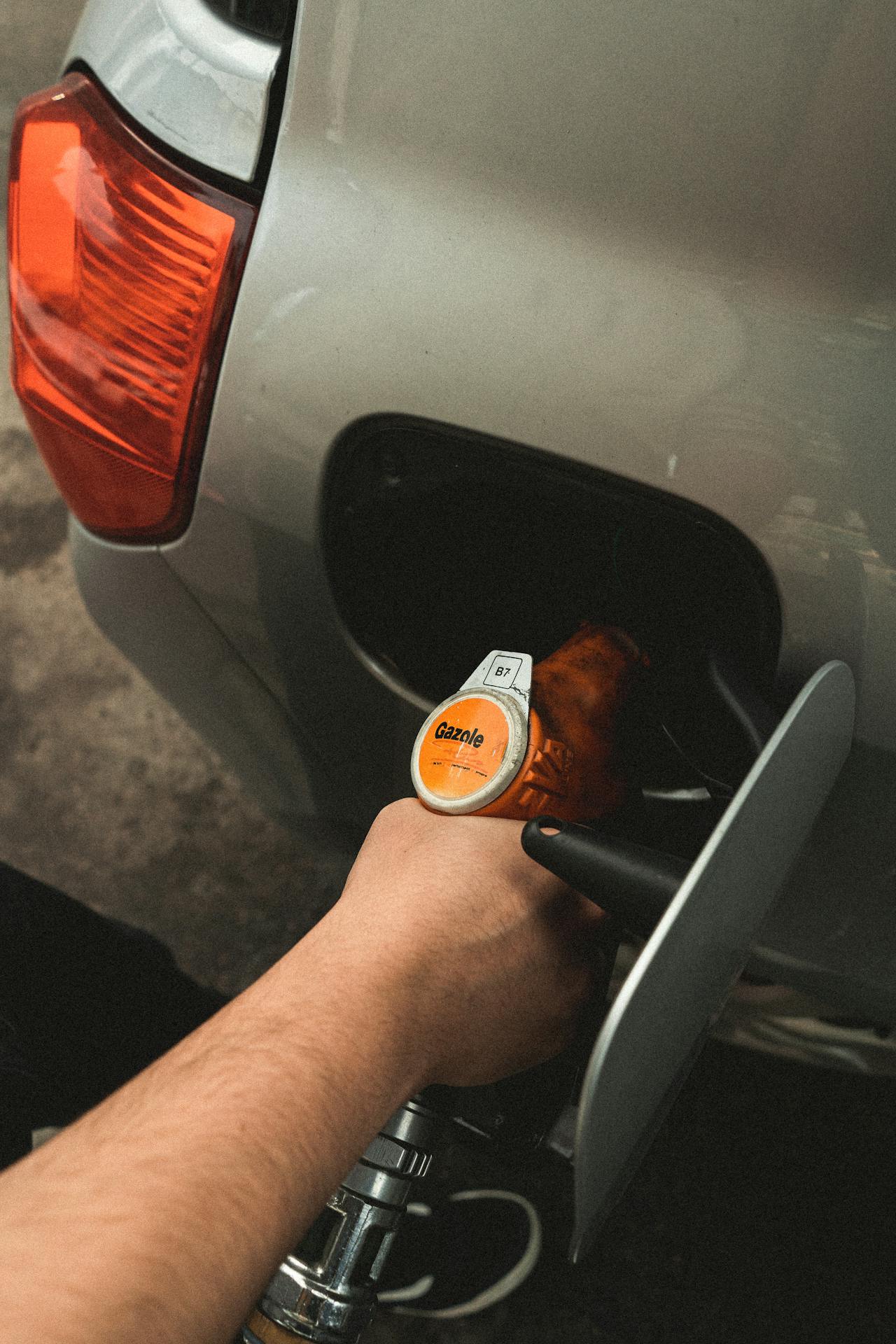In the dynamic realm of fuel costs, gas prices in the United States appear to have come to a halt slightly above the $3 per gallon milestone, as indicated by the latest AAA data. As of January 22, the national average stood at $3.07 per gallon, with nearly 29 states witnessing prices below the $3 threshold. This follows a gradual decline since September, when gas prices reached their peak at $3.88 per gallon, showing a substantial drop of over $0.80.
However, the road ahead remains uncertain. AAA spokesperson Andrew Gross cautions against putting all bets on the national average touching the $3 mark, citing the potential influence of mid-winter fluctuations. The seasonal blues, according to Gross, may keep pump prices oscillating by a few cents in the near future, with a note of caution about frigid temperatures impacting refinery production, potentially pushing some regional pump prices higher.
The last time the national average gas price dipped below $3 was in May 2021. Despite a brief uptick to an average of $3.12 per gallon in December, driven by increased holiday demand and elevated oil prices, the downward trajectory resumed.
A significant portion of what consumers pay at the pump is tied to crude oil prices, with more than half of the price influenced by these fluctuations, as noted by the Energy Information Administration (EIA). The dynamics of oil demand and production targets set by major oil producers, including OPEC and its allies, are key players in the volatile dance of gas prices.
Interestingly, gas prices have remained steady even as oil prices rebounded and partially recovered earlier this month. West Texas Intermediate (WTI) crude oil futures edged higher to around $74.08 per barrel on January 18, accompanied by a similar move in Brent futures. This comes on the heels of surprising data from the EIA, indicating a jump in US crude stockpiles, possibly signaling a softening demand.
Global events continue to cast shadows on the oil market. Russia’s commitment to oil export cuts and protests in Libya, leading to the suspension of operations at the El Sharara oil field, have added upward pressure on oil prices. The ongoing attacks by the Iran-backed Houthi rebel group in the Red Sea further complicate the outlook, causing disruptions to oil shipments.
Beyond crude oil, other factors influence gas prices, including seasonality, refining capacity, and distribution. Gasoline inventories, as reported by the EIA, have surged to the highest level in a year, underscoring subdued demand, particularly during the winter season with its snowstorms and cold weather impacting driving habits.
The cost at the pump is not solely determined by market forces; state and federal gas taxes contribute significantly. California, with the highest gas tax, sees taxes accounting for $0.51 per gallon, while in Alaska, the figure is only $0.09 per gallon.
In the larger economic picture, gas prices serve as a barometer of consumer sentiment, factor into political landscapes during elections, and contribute to the overarching narrative of inflation. The recent interest rate hike campaign by the Federal Reserve reflects the broader concerns tied to inflationary pressures influenced, in part, by the fluctuations in fuel prices.
As gas prices continue their delicate dance just above the $3 threshold, consumers remain vigilant, navigating the intricacies of economic forces and global events that shape the trajectory of fuel costs..



